
Using Visual Schedules
Tips for using pictures to help children understand what they’re doing, what’s expected of them, and what comes next.
by Wendy Stone, PhD, University of Washington, Department of Psychology http://uwreadilab.com
Children with limited language and communication skills may not be able to use words or clear gestures to indicate their wants, needs, and feelings. They’re also likely to have challenges understanding the language and gestures that others use—making their world unpredictable and frustrating. One way to help is to use pictures along with spoken words—after all, words disappear as soon as we use them, but pictures and other types of visual supports can be present for as long as needed!
Visual schedules can help prepare children for their day at home or school. Visual schedules can:
- show children what is expected of them: where they should be, what they’re supposed to be doing, and which activity will come next
- show activities or events they’re really looking forward to, such as a favorite game or a special snack
There are different types of visual schedules (examples here):
- ones that illustrate a sequence of home activities and routines (such as the steps involved going to bed or getting ready for school)
- schedules illustrating the sequence or order of all activities for the whole day and evening
- ones preparing children for new situations (such as going to the dentist or doctor)
- schedules that illustrate the sequence of events for occasional events, such as a shopping trip
To create a visual schedule, use index cards and poster board. Draw simple icons that illustrate different activities or steps (search online for “printable icons for autism”) and attach them to poster board in the order that they will occur, from left to right or from top to bottom. If possible, laminate the cardboard and pictures; if you use Velcro or sticky putty, you can re-use them and rearrange the order if necessary. As children complete each activity, they can remove the card and then move onto the next activity.
Start by keeping schedules short, and sprinkle in lots of rewards!

Good Questions (and Answers) About Covid-19 Vaccines
Common questions children ask about vaccines, and possible answers.
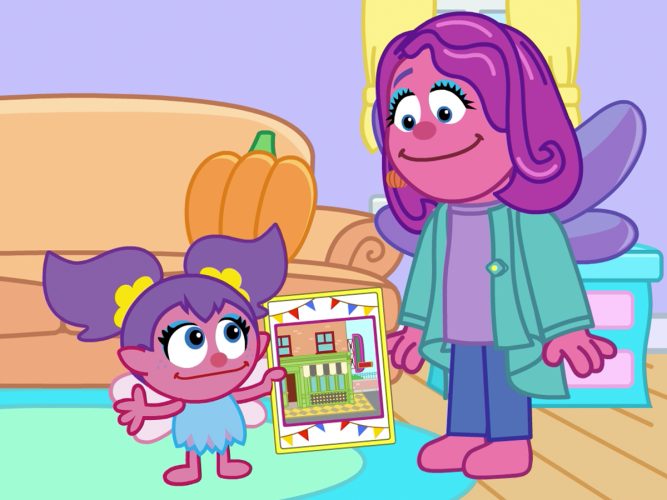
Hooper’s Store Reopens
As communities open up, together we can adjust to a new way of doing things—while keeping everyone safe.
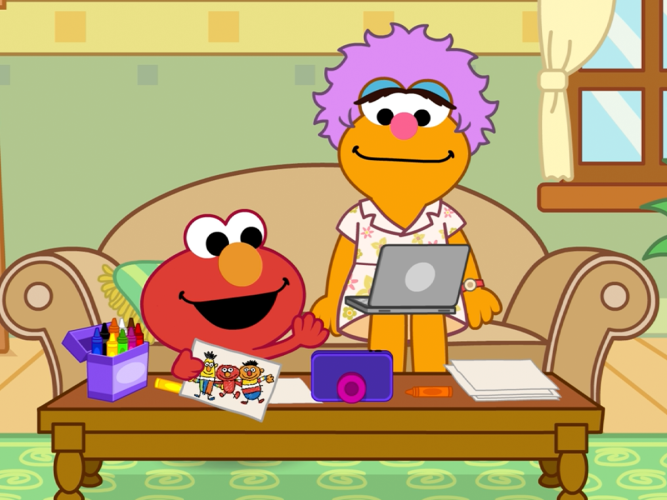
When Children Miss Their Friends
There are ways to stay connected with people we love...safely.
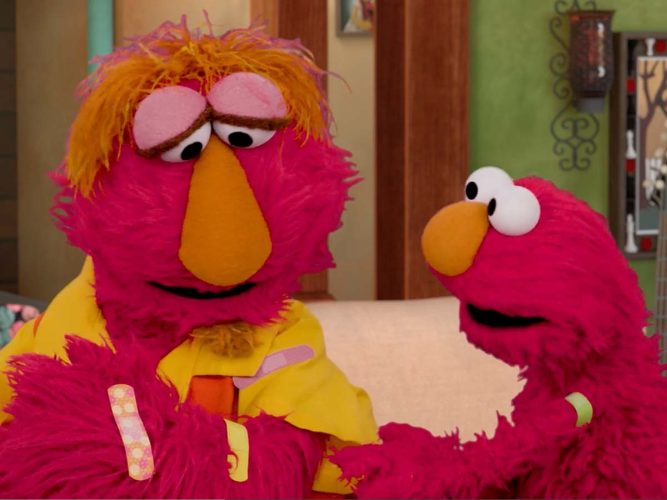
Elmo Gets the Covid-19 Vaccine
Elmo and Louie share their experience with the COVID-19 vaccine.
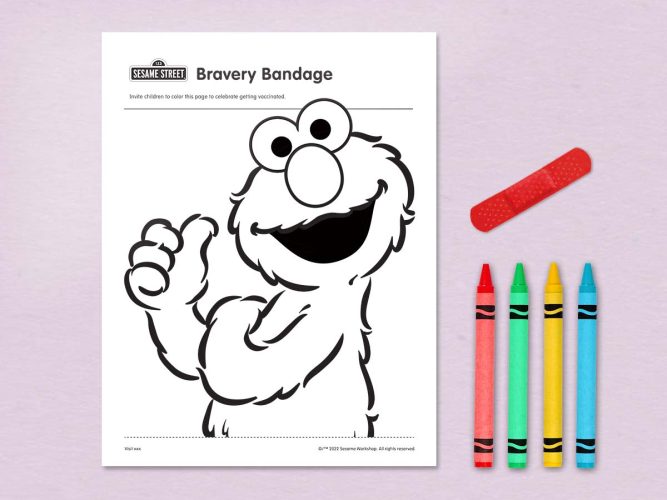
Elmo’s Bravery Bandage
A coloring page to help celebrate a child’s bravery when getting a shot.
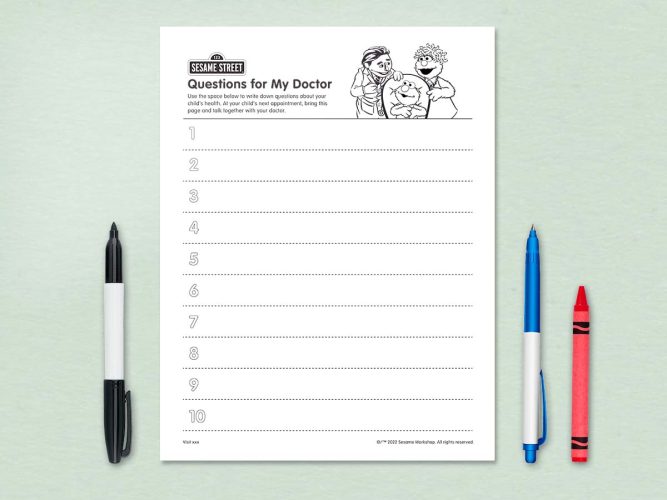
Questions for My Doctor
A place for parents and children to list questions for their doctor.
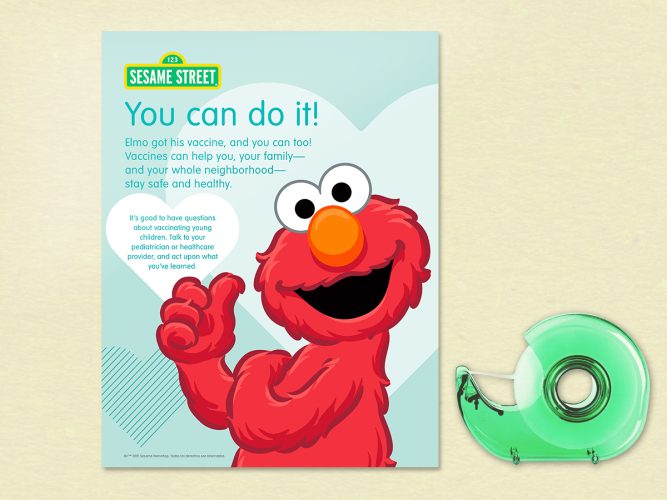
You Can Do It! Poster
A poster for providers to display to encourage families to get their young children vaccinated.
